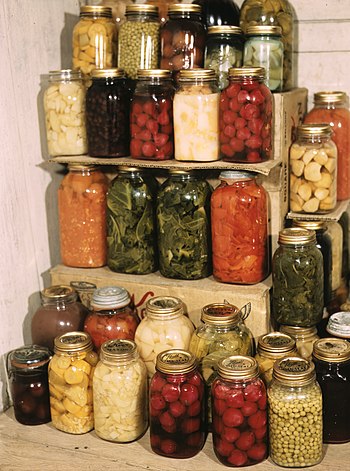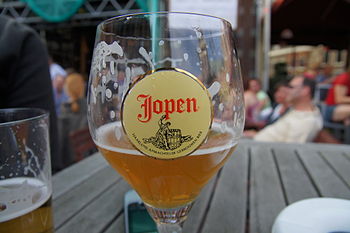1. Conserving water – It’s true that gardening requires water. Your fruits and vegetables actually need quite a bit of water to survive. However, most homesteaders quickly realize that irrigation systems work best.
For example, you can install rainwater collection barrels and create a drip irrigation system that comes directly from the rainwater. Other people create grey water systems and hydroponic systems which reuse the water to keep the plant’s roots moist. It uses far less water than industrial farming and you know you’re eating clean and healthy plants.
| The carbon footprint. (Photo credit: Wikipedia) |
3. Alternative and sustainable energy – Many homesteaders embrace sustainable energy practices. For example, they might install a wind turbine or solar panels to help reduce some of their energy costs. And living off the grid also conserves fossil fuels and reduces emissions.
4. Biodiversity – Industrial farms plant fields and fields of the same genetically modified crop. From New England to southern California you’ll find the same soybeans, corn, and wheat. When you plant your own garden you’re helping to sustain plant diversity. You’re also helping keep the bees and other pollinators alive and healthy. Their survival is critical to biodiversity.
Homesteading can save money and it is a powerful way to reduce your carbon footprint and help improve our environment. It’s also a fulfilling and rewarding lifestyle. You might also be interested to learn that you can make money as a homesteader. Next time we’ll take a look at three ways you can make money homesteading.












